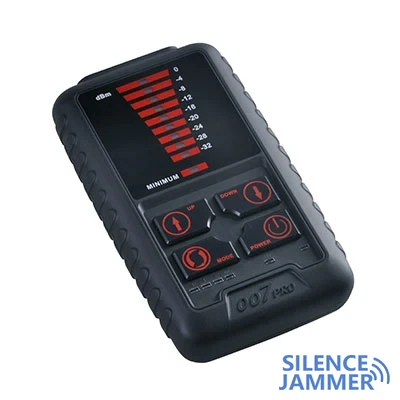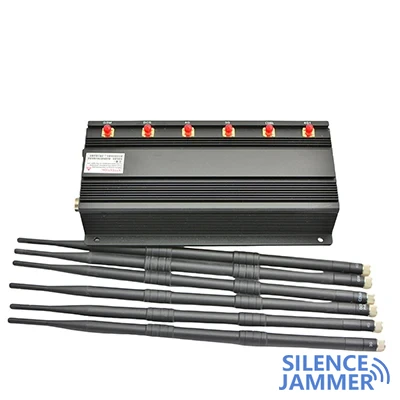
Marine Corps issues request for counter-drone technology
As drones play an increasingly important role on the modern battlefield, the U.S. Marine Corps is actively seeking new technologies to counter the threat of enemy small drones. Recently, the Marine Corps issued a request for information to industry to meet the "emerging and urgent need" to provide effective counter-drone tools for dismounted troops.
According to the published request for information, suppliers with mature technologies may be invited to participate in the industry day event in Twentynine Palms, California in September. At this event, suppliers will demonstrate the performance of their systems in actual combat so that the Marine Corps can evaluate their applicability.
Non-kinetic jammers at the squad level and omnidirectional jammers at the platoon level
Non-kinetic jammers and omnidirectional jammers
- Non-kinetic jammers: refers to jamming devices that do not achieve their effects through physical or fire strikes. These devices interfere with the enemy's communications, navigation or other electronic systems through electromagnetic waves or other signals to interfere with or weaken the enemy's combat capabilities.
- Omnidirectional jammers: refers to a device that can send jamming signals in all directions (360 degrees). This signal jammer can cover multiple directions at the same time, and can be jammed no matter which direction the enemy's communication or control system comes from.
Squad level and platoon level
- Squad level: refers to a small combat unit, usually a squad of 8 to 12 soldiers. At this level, the use of jammer device is more mobile and flexible, suitable for small-scale combat missions.
- Platoon level: refers to a combat unit larger than a squad, usually a platoon-level unit consisting of 3 to 4 squads, with a number of about 30 to 50 people. At this level, the use of equipment may be more centralized and unified, suitable for a larger range of combat areas.
The Marine Corps' goal is to provide every soldier with the ability to defend against drone systems. Specifically, they want to deploy a "non-kinetic" capability at the squad level, which can be achieved through directional radio frequency or GPS signal jammers, and preferably installed on rifles. In addition, the Marines are also considering deploying omnidirectional jammer blockers and deception devices at the platoon level to improve overall defensive capabilities.
In addition to non-kinetic options, the Marines are also interested in rifles or rifle scopes that can track and shoot down small drones. Ideally, these devices will use existing enhanced ammunition, allowing soldiers to effectively fight drones without changing weapons.
At the same time, the Marines are also seeking sensor systems to issue timely alerts when enemy drones approach. These sensors need to be worn on soldiers and will not significantly affect their main mission equipment. Related components may include handheld tablets, bracelets, headphones or glasses to receive alerts and notifications from external sensors.
The release of this request for information marks a new step in the Marine Corps' anti-drone capability building. As the threat of drones on the battlefield has increased in recent years, the Marine Corps has realized that it must take proactive measures to ensure that soldiers can move freely on the battlefield while having the ability to defend themselves.

Learn from conflicts and enhance technological advantages
Pentagon officials have learned many lessons from conflicts such as the Russian-Ukrainian war, which have further promoted the Marine Corps' demand for counter-drone technology. As Brigadier General Stephen Lightfoot, director of the Marine Corps Capabilities Development Agency, said, small drones and counter-drone technology may be one of the most significant changes on the battlefield in recent years. The Marine Corps will continue to increase investment to ensure its technological advantage on future battlefields.




